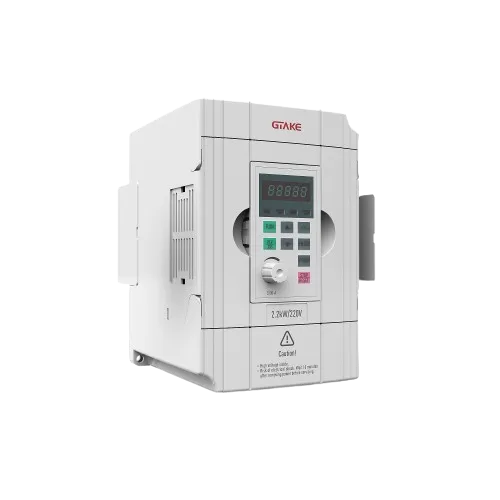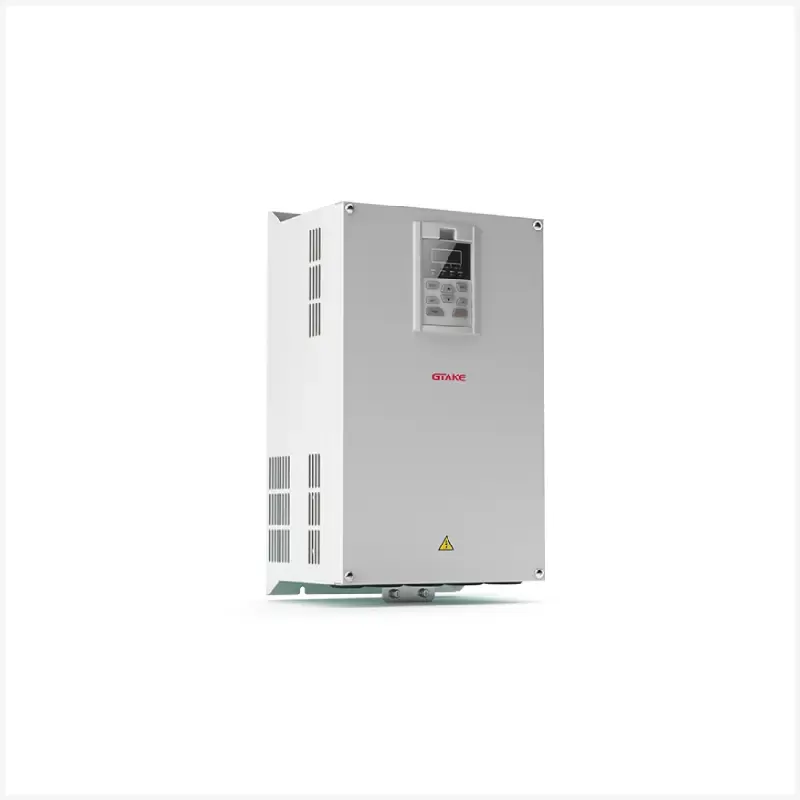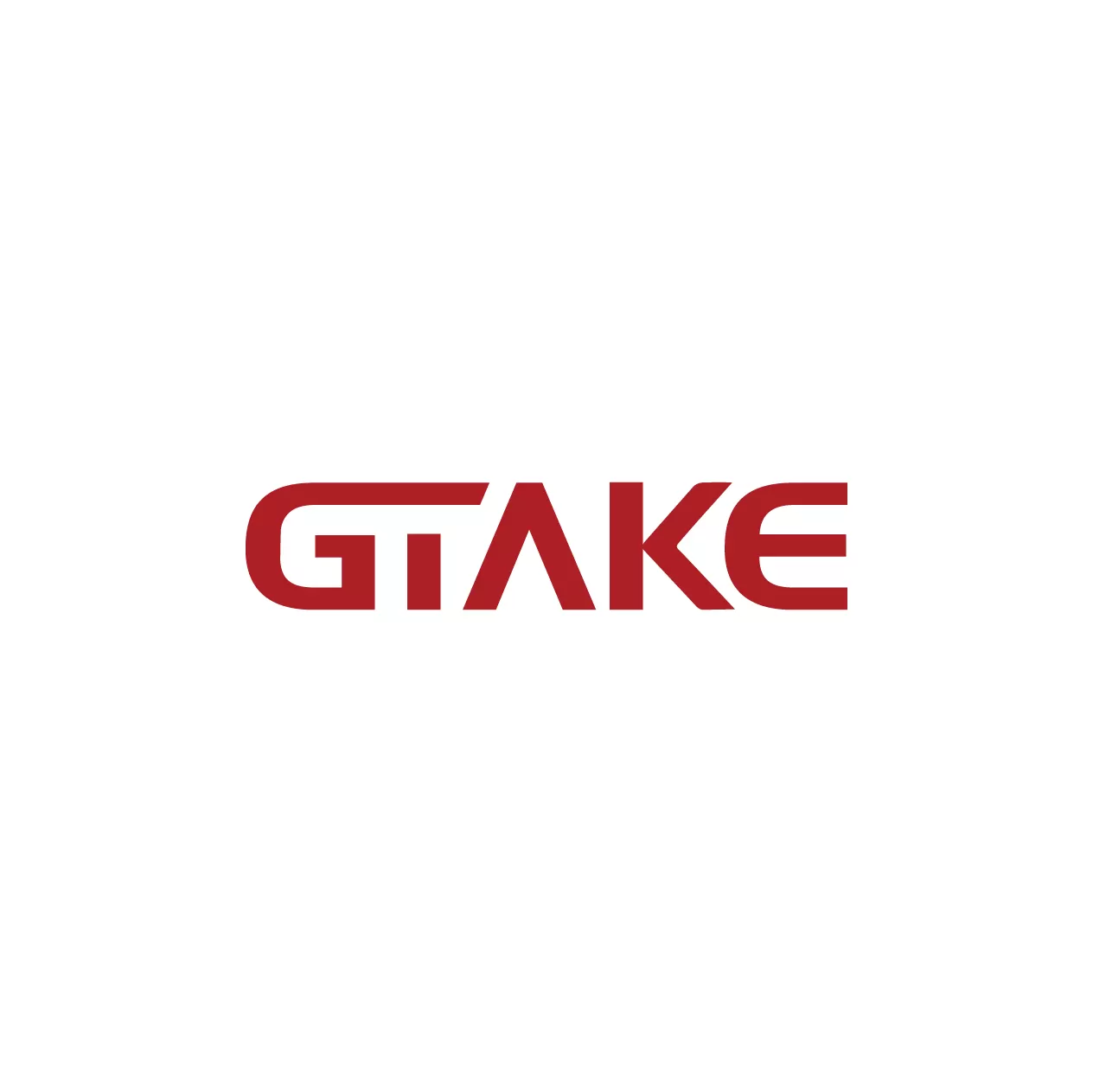Variable Frequency Drives (VFDs) are essential for controlling the speed and torque of AC induction motors. By adjusting the frequency and voltage supplied to the motor, VFDs enable precise control, enhancing efficiency in a variety of applications. However, the integration of encoders with VFDs adds a layer of sophistication, allowing for even greater precision and control in motor operation.
The Role of Encoders in VFD Systems
Encoders are electro-mechanical devices that convert rotational motion into electrical signals, providing feedback to the VFD about the motor’s speed and position. This feedback is crucial for applications requiring high accuracy, especially in systems where precise control of motor output is necessary.
Closed-Loop Control: VFD system that incorporate encoders typically operate in closed-loop control modes. This means they continually receive feedback about the motor’s actual performance, allowing them to adjust their output in real time. This feedback mechanism is crucial for maintaining optimal performance in dynamic applications.
Speed Regulation: Encoders enable VFDs to maintain tight control over motor speed. In applications where speed consistency is critical, such as in conveyors or mixers, an encoder can ensure that the motor runs at the desired speed, compensating for any load changes that may occur during operation.
Position Control: While most VFDs focus on speed control, those equipped with encoders can also manage position control effectively. This is especially important in applications such as robotics, CNC machines, or any system where precise movement is required. The encoder provides positional feedback that allows the VFD to adjust the motor’s output accurately, ensuring that the motor reaches and maintains the desired position.

Types of Encoders Used with VFDs
There are two primary types of encoders commonly used in conjunction with VFDs: incremental and absolute encoders. Each type has its unique benefits and applications.
Incremental Encoders: These encoders produce a series of electrical pulses as the motor shaft rotates. The VFD counts these pulses to determine speed and direction. While incremental encoders are generally less expensive and simpler to implement, they require a reference point to determine absolute position. If power is lost or the system is reset, the encoder needs to recalibrate, which can introduce delays.
Absolute Encoders: Unlike incremental encoders, absolute encoders provide a unique position value for each point in the motor’s rotation. This means that they maintain position information even when the power is turned off. Absolute encoders are ideal for applications where it’s critical to know the motor’s exact position at all times, such as in elevators or automated storage systems.
Benefits of Using Encoders with VFDs
- Enhanced Performance: The integration of encoders into VFD systems can dramatically improve performance, particularly in high-demand applications. With precise feedback, VFDs can make real-time adjustments that enhance speed regulation and response times.
- Energy Efficiency: By maintaining optimal motor speed and torque, encoders help reduce energy consumption. This is especially significant in applications where motors are frequently loaded and unloaded, as the encoder allows the VFD to adjust power output accordingly.
- Reduced Wear and Tear: With accurate control over speed and position, the mechanical components of a motor system experience less stress. This can lead to longer operational lifetimes and lower maintenance costs, as wear and tear are minimized.
- Improved Process Control: In manufacturing environments where processes rely on precise timing and sequencing, encoders provide the necessary feedback to ensure that systems operate as intended. This can lead to improved product quality and consistency.
- Flexibility and Adaptability: VFDs with encoders can be adapted to various applications without significant reprogramming or modification. This flexibility makes them suitable for a wide range of industrial settings, from food processing to material handling.

Challenges of Integrating Encoders
While the benefits of integrating encoders with VFD system are substantial, there are also challenges to consider:
- Cost: The addition of encoders and the necessary feedback mechanisms can increase the initial cost of a VFD system. Organizations must weigh these costs against the potential savings and performance improvements.
- Complexity: Implementing a closed-loop system with encoders introduces additional complexity into the control system. This may require more advanced programming and tuning, which can necessitate specialized training for personnel.
- Maintenance: Encoders, like any mechanical device, can fail or degrade over time. Regular maintenance is essential to ensure that encoders function correctly and provide accurate feedback.
Conclusion
In summary, the integration of encoders with Variable Frequency Drives system enhances the capability of these systems to deliver precise control over motor speed and position. While not all VFD applications require encoders, those that do benefit from improved performance, energy efficiency, and process control. By understanding the types of encoders available and their applications, organizations can make informed decisions about their motor control needs, ensuring optimal operation in a wide range of industrial applications. As technology advances, the role of encoders in VFD systems will likely continue to grow, paving the way for even more sophisticated and efficient motor control solutions.
